Veterans with skin conditions may be eligible for VA disability benefits related to military service. Understanding how the VA rates skin conditions is important to make a successful claim for disability benefits. In this post, we will look at the factors the VA uses to determine skin condition ratings and what types of evidence you should provide when filing a VA disability claim. Read on to learn more about VA ratings for skin conditions.
What Are Service-Related Skin Conditions?
Service-related skin conditions have been caused or made worse by military service. Skin conditions can range from minor to severe and may involve any body part, including the head, face, neck, or entire body.
Common Skin Conditions Among Veterans
Veterans often experience service-related skin conditions ranging from everyday irritations to more serious injuries. Some of the most common types of skin conditions associated with military service are:

Dermatitis:
Dermatitis is an overarching term for skin inflammation caused by various factors, including allergies, stress, or chemical exposure. Symptoms may include redness, dryness, swelling, blistering, rashes, and thickening or hardening of the skin.

Psoriasis:
Psoriasis is another form of skin inflammation caused by skin cells that grow too quickly before the older cells can shed. This condition usually presents as raised plaques on the skin which may be itchy or burn.

Skin Cancer:
Exposure to chemicals and increased sun exposure during military service may increase the risk of developing skin cancer.
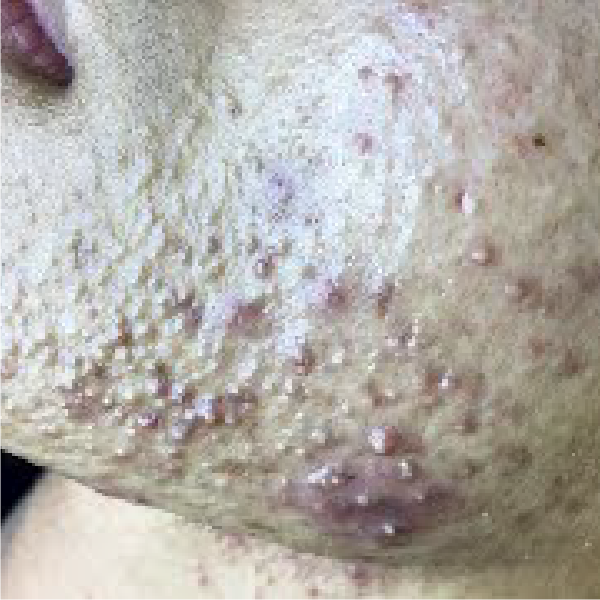
Chloracne:
Chloracne is an acne-like condition caused by toxic exposure to chemicals and other herbicides during military service. Symptoms include blackheads, cysts, severe pimples, peeling, flaking, and open sores that can last years.

Pseudo-folliculitis barbae:
Pseudo-folliculitis barbie is an ingrown hair condition that occurs when the shaved hairs curl backward and grow into the skin of the beard and neck areas. This can cause irritation, redness, and infection in some cases.
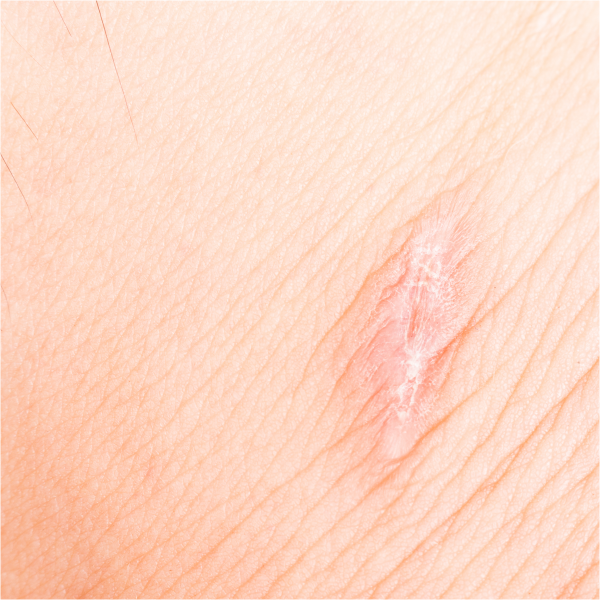
Scars and Disfigurement:
Injuries sustained during active duty may result in permanent scarring or disfigurement of the head, face, or neck. These scars may cause emotional distress, physical pain, itching, or stiffness that limits movement.
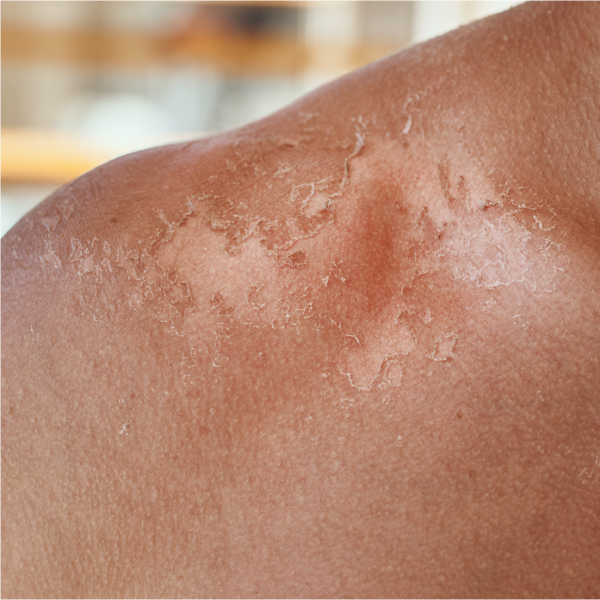
Burns:
Burns can be caused by extreme heat, chemicals, electricity, or sunlight, and their effects can range from mild to severe depending on the cause and depth of the damage. Long-term effects may include scarring, nerve damage, muscular damage, tissue damage, and emotional distress.
VA Rating for Eczema
The VA uses a rating system to evaluate the severity of eczema and determine the appropriate disability rating for veterans who suffer from this condition. The severity of eczema can vary greatly from person to person, and the impact on a veteran’s ability to work and perform daily activities can also vary.
The VA rates eczema based on the frequency and severity of flare-ups and the level of ongoing treatment required to manage the condition.

A 0% rating may be given when there is no active disease, but there may be some residual scarring or discoloration.

A 10% rating may be given when mild flare-ups respond well to treatment and occur one or two times per year.

A 30% rating may be given when frequent flare-ups are moderately severe and require ongoing treatment.

A 60% rating may be given when constant or near-constant severe flare-ups require frequent hospitalizations and intensive treatment.

Finally, a 100% rating may be given when the eczema is so severe that it affects the veteran’s ability to work or perform daily activities, requires continuous hospitalization, or is completely incapacitated.
It’s important to note that the VA may also consider any secondary eczema-related conditions. For instance, if a veteran with eczema develops anxiety or depression due to the condition, the VA may rate the veteran based on the combined severity of both conditions.
If you are a veteran with eczema impacting your ability to work or perform daily activities, you may be eligible for disability benefits. It’s important to speak with a VA representative or a veterans disability attorney to understand your rights and options.
VA Rating for Dermatitis
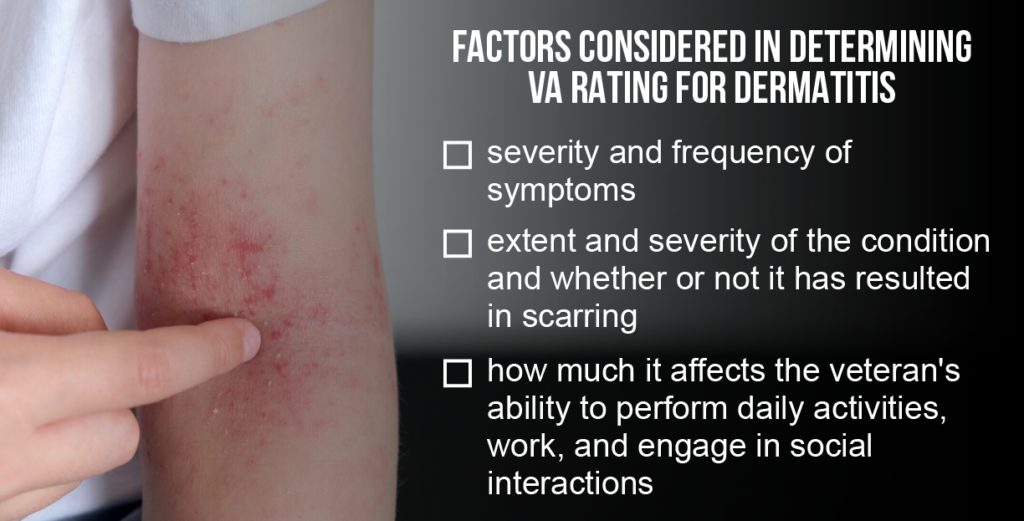
When determining a VA disability rating for dermatitis, including eczema and razor bumps, several factors are considered.
Firstly, the severity and frequency of symptoms are assessed, such as the degree of itchiness, redness, scaling, and oozing. The location of dermatitis on the body is also considered, as well as the duration of the condition and any secondary complications, such as infections or scarring.
For razor bumps specifically, the extent and severity of the condition and whether or not it has resulted in scarring are also considered. If the condition has resulted in scarring, separate diagnostic codes for the scars’ location, nature, and underlying tissue damage will also be applied.
Once all of these factors have been evaluated, a disability rating is assigned on a scale from 0 to 100% in increments of 10%. The rating reflects the severity of the condition and how much it affects the veteran’s ability to perform daily activities, work, and engage in social interactions.
It’s important to note that VA disability ratings for dermatitis and other skin conditions can be reevaluated and potentially adjusted over time if the condition worsens or improves. Veterans may also be eligible for additional compensation if they have multiple service-connected disabilities.
VA Disability Ratings for Psoriasis

The VA recognizes psoriasis under diagnostic code 7816. The VA disability rating for psoriasis is based on the severity of the condition and its impact on the veteran’s ability to work and perform daily activities.
The VA rates psoriasis on a scale from 0% to 100% disability.
For example, a 0% rating is given when there is no active disease, but some residual scarring or discoloration may be present. A 10% rating is given for mild psoriasis with limited involvement.
A 30% rating for moderate psoriasis with larger body areas affected is given. A 60% rating is given for severe psoriasis with extensive body involvement, significantly impacting the veteran’s ability to work and perform daily activities. Finally, a 100% rating is given when psoriasis is completely incapacitating, and the veteran requires continuous hospitalization or cannot work.
Suppose you are a veteran who suffers from psoriasis. In that case, you must speak with a VA representative or a veteran disability attorney to ensure you receive the appropriate rating and benefits for your condition. The VA offers disability benefits for those whose conditions are connected to their military service, and it’s important to understand your rights and options.
VA Disability Rating for Skin Cancer
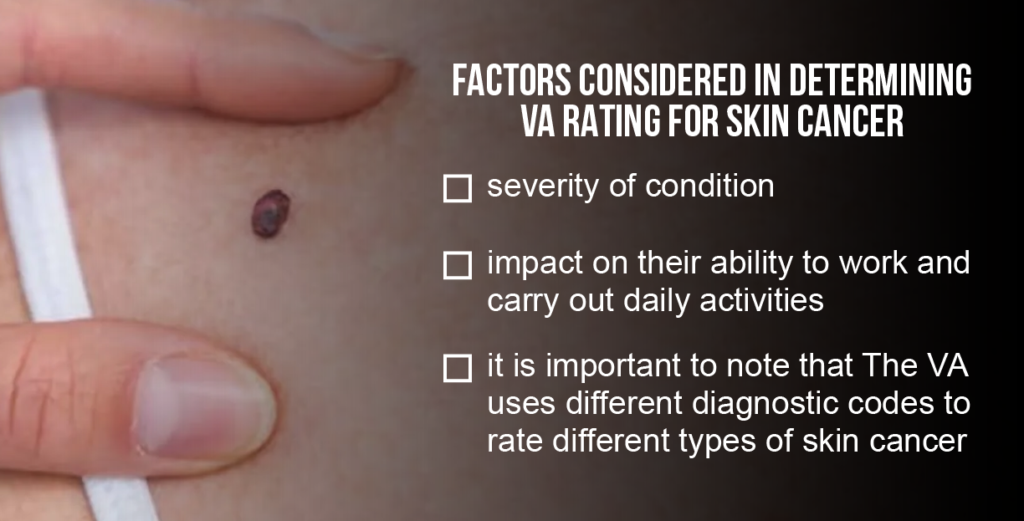
Skin cancer is a common medical condition among veterans, particularly those exposed to the sun or other radiation sources during their military service. The VA offers disability compensation for veterans who develop skin cancer, with a rating based on the severity of the condition and its impact on their ability to work and carry out daily activities.
The VA uses different diagnostic codes to rate different types of skin cancer. Basal and squamous cell carcinomas, which are non-lethal types of skin cancer, are rated under diagnostic code 7818. Meanwhile, potentially lethal malignant melanoma is rated under diagnostic code 7833.
Veterans exposed to Agent Orange, a herbicide used during the Vietnam War, have a higher risk of developing skin cancer. A study of 100 veterans exposed to Agent Orange found that 51% had basal or squamous cell carcinoma. However, there is no increased risk for melanoma.
The VA rates skin cancer based on the same criteria used to rate scars (diagnostic codes 7801-7805) or disfigurement of the head, face, or neck (diagnostic code 7800). If systemic-type treatments like chemotherapy, radiotherapy, and surgery are required, a 100% rating is applied. The severity of the condition, the location of the cancer, and the impact on the veteran’s health and daily life are all considered when determining the appropriate rating.
VA Disability Rating for Folliculitis and Pseudofolliculitis Barbae
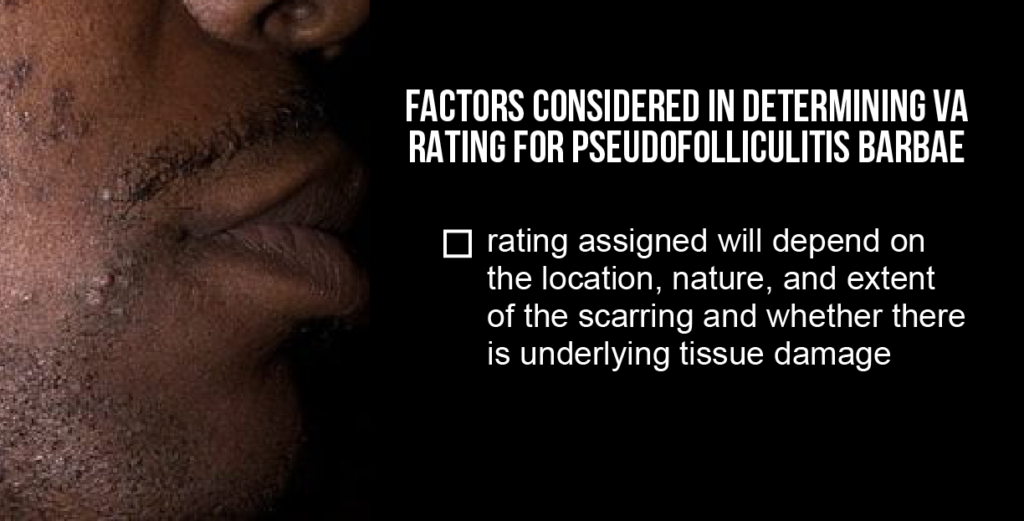
Under diagnostic code 7806, Pseudofolliculitis barbae is rated 30% VA disability. However, if scarring occurs due to this condition, it may be rated separately under diagnostic codes 7800 to 7805. The rating assigned will depend on the location, nature, and extent of the scarring and whether there is underlying tissue damage.
How VA Assigns Disability Ratings for Skin Conditions
The U.S. Department of Veterans Affairs (VA) assigns disability ratings for skin conditions based on the severity and impact of a veteran’s condition. VA uses a rating schedule to determine the level of disability associated with each condition, and there are two ways in which they do this: calculations and estimations.
Calculations :
Regarding skin conditions, VA calculates the rating based on the extent of the skin loss and how many facial features have been disfigured. On the other hand, disability ratings for scars on areas of the body other than the head, face, or neck are generally based on the size of the scar. The General Rating Formula for Skin Conditions states that a rating of 60% will be applied when 40% or more of the entire body is affected by characteristic lesions. VA then assigns lower ratings for smaller percentages, such as 30% and 10%.
Estimations:
In some cases where it is impossible to calculate a rating, VA may assign a rating based on estimation. For example, this may happen when a veteran has multiple skin conditions (such as psoriasis and eczema) that are rated using different diagnostic codes. In such cases, VA will use the highest estimated rating to assign a disability rating for the overall condition.
How Does a Veteran Qualify for Skin Condition Disability Benefits?
Suppose you are a veteran with a skin condition and are seeking disability benefits from the VA. In that case, you must be able to prove that your skin condition is related to your military service. There are two ways to establish a connection between your service and your skin condition.

The first way is through a direct service connection. This requires three elements: a current diagnosis of a skin condition from a medical professional, evidence that you experienced an event during your service that could cause the skin condition and a medical nexus that connects the two.
The medical nexus is an opinion from your doctor stating that your skin condition is related to your military service.
The second way to establish a connection is through a presumptive service connection. This is when the VA assumes a connection between your service and your skin condition. Suppose you were exposed to certain hazards during your service, such as Agent Orange or radiation, and you have

a skin condition related to that exposure. In that case, you may be eligible for a presumptive service connection. However, you still need a current diagnosis of the skin condition.
It is important to note that not all skin conditions are eligible for disability benefits. Only skin conditions considered disabling, which significantly impact your ability to work or perform daily activities, are eligible. Additionally, the severity of the skin condition will determine the level of disability rating you may receive.
If you believe you have a service-connected skin condition and are seeking disability benefits, gathering all necessary medical records and evidence to support your claim is important. Working with a VA-accredited attorney or representative can also help ensure you receive the benefits you deserve.
Presumptive Service Connection for Skin Conditions

Skin conditions can be debilitating for veterans and may be caused by exposure to certain chemicals, toxins, or other hazards during service. Fortunately, the VA offers disability benefits for eligible veterans who suffer from these conditions, whether through a direct or presumptive service connection.
Presumptive service connection is available for veterans exposed to herbicide agents while serving in Vietnam and who developed chloracne or porphyria cutanea tarda within one year of exposure to a degree of 10 percent disabling. Additionally, Gulf War veterans with chronic skin conditions or other undiagnosed skin disorders may be eligible for presumptive service connection, as can “covered veterans” who were exposed to toxins during their military service in certain locations.
The VA has recently made changes to the rollout plan for presumptive conditions for covered veterans, allowing for faster adjudication of claims for all conditions from the date of enactment of the PACT Act. However, veterans should know that retroactive benefits may not be available for newly eligible claimants unless they file for DIC benefits.
It’s important for veterans to seek medical attention for any skin conditions they develop during or after their service and to document any exposure or event that may have caused the condition. Doing so can increase their chances of receiving the disability benefits they deserve.
Help with VA Claims for Skin Conditions
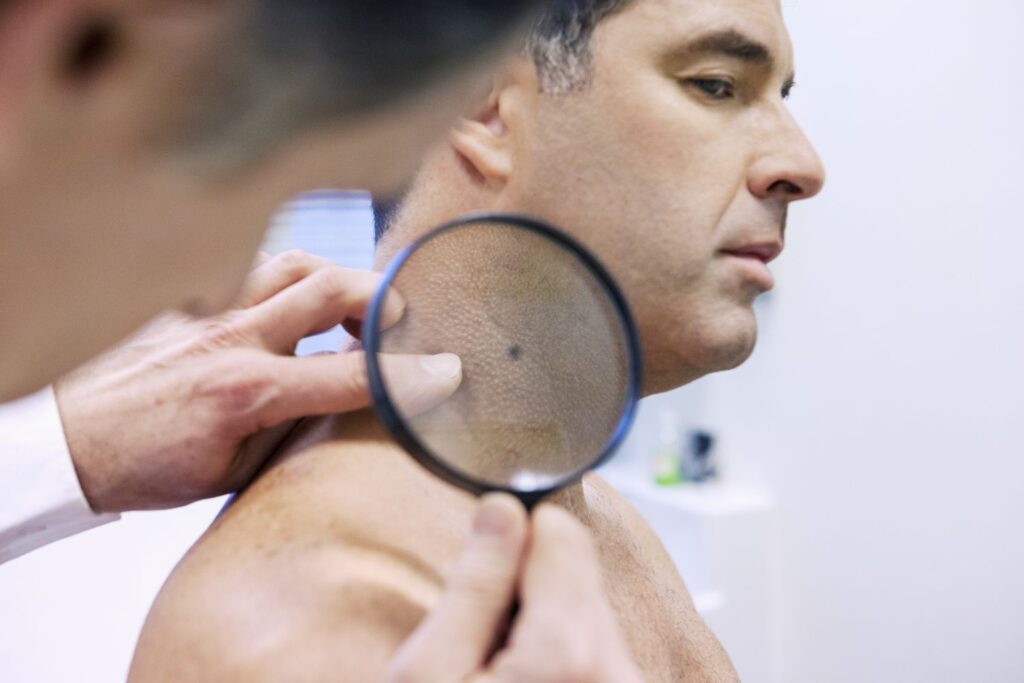
If you are a veteran struggling to receive the disability benefits you deserve for your skin condition, Vet Claim Solutions can help. We provide veterans with the customized representation they need to file a successful VA claim and obtain benefits.
Our experienced vet claim coaches can help you gather all the necessary documents to support your claim, file a complete VA disability application, and submit any additional evidence required. We also assist with appeals or denials of benefits and can represent you at VA hearings. Contact us today for more information about how we can assist you in receiving your VA disability benefits.
FAQ’s
1. Can I get VA disability for skin conditions?
It is possible to receive VA disability benefits for skin conditions, including eczema and contact dermatitis. To receive a VA disability rating for eczema, you will need to provide medical evidence that shows you have the condition and that it is linked to your military service. The VA will also need to determine the severity of your eczema and how it affects your daily life.
2. How do you get a 60% VA rating for eczema?
The rating for eczema will depend on the severity of your condition and how much it impacts your ability to work and perform daily tasks. A 60% VA rating for eczema may be assigned if you have widespread, persistent skin lesions resistant to treatment, cause significant itching or pain and impact your ability to work or perform daily tasks. However, it is important to note that the VA rating system is complex, and various factors can impact your final rating.
3. Can I get a VA disability rating for eczema?
The VA rating for contact dermatitis will also depend on the severity of your condition and how much it affects your ability to work and perform daily tasks. The diagnostic code for eczema (7806) includes dermatitis, so it will be rated under that diagnostic code if your contact dermatitis is considered eczema. However, if your contact dermatitis is considered a separate condition, it will have its own diagnostic code and rating criteria.
4. What is the VA rating for contact dermatitis?
To receive a VA disability rating for any skin condition, it is important to provide thorough medical evidence and documentation of your condition, including how it affects your daily life and ability to work. Working with a qualified VA-accredited attorney or representative can also help navigate the VA disability claims process and ensure you receive the benefits you deserve.


